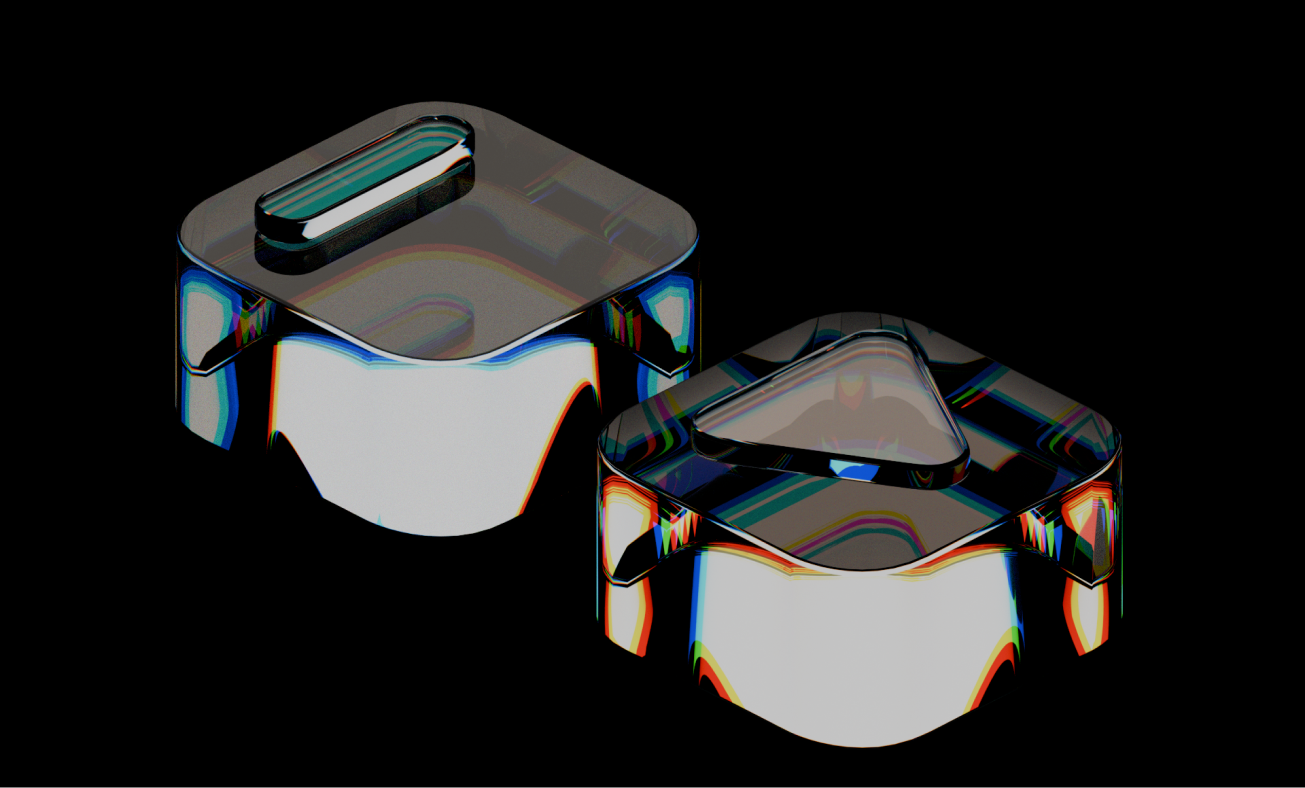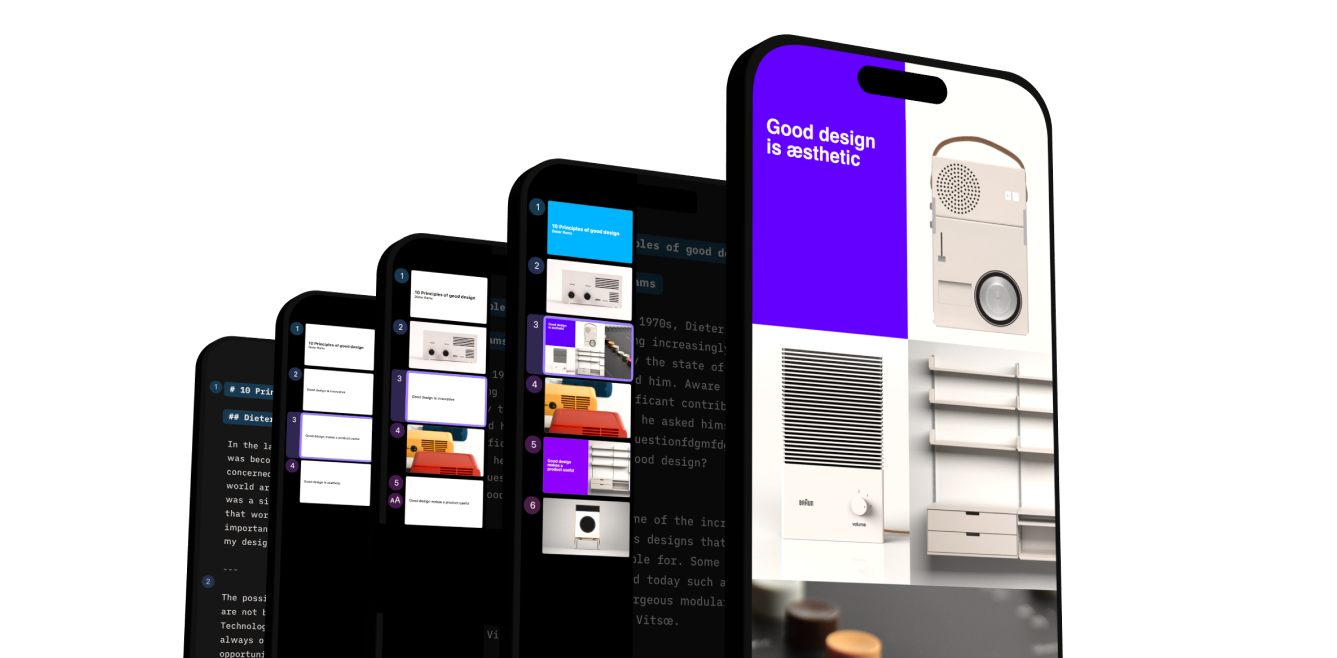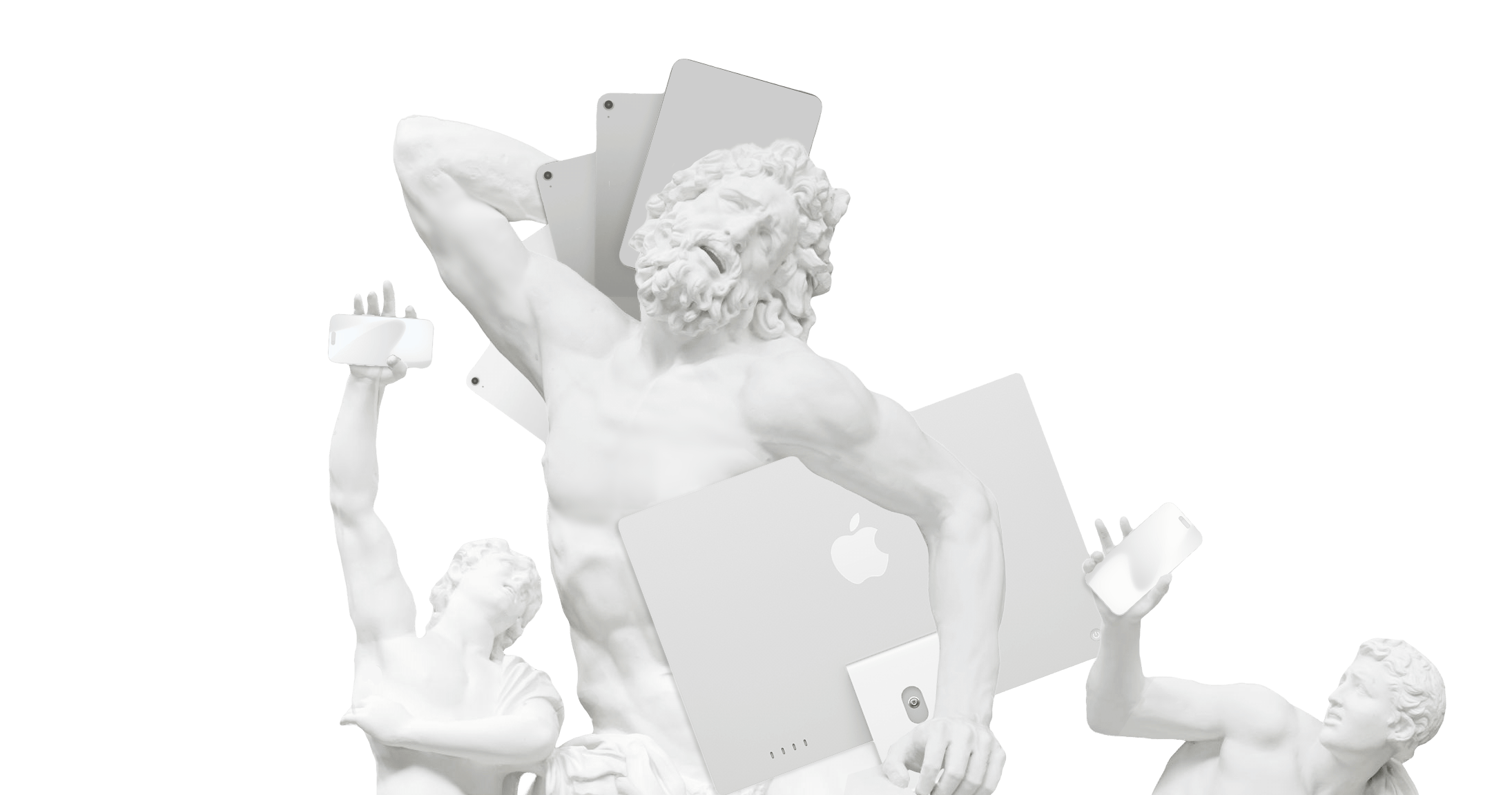To what extent should artificial intelligence shape information architecture? What if, technically speaking, AI gets measurably better results in IA than humans? Would that be reason enough to give up human information architects?1
In theory, we could already leave information architecture to computers. Not unattended, but it could do a fair amount of work for us. They already do similar things quite well.


The question is not if we could but if we should and what happens if we would.2 If we leave computers to structure information, if computers organize our language, then we let them replace the very core of design: The thinking.
“In AI, the outcome matters, not whether the agent or its behaviour is intelligent. Thus, AI is not about reproducing any kind of biological intelligence. It is about doing without it.” –Luciano Floridi3
Artificial Intelligence allows us to do things that used to require thinking. With AI it’s possible that you write a letter without thinking, send it to a person that doesn’t read it and answers back, all without thinking.
Information architecture on the other hand invites us to think. As a design discipline, it makes us order and structure language. (Thinking is shaping language, visual, verbal, auditive…) But it invites us not only to think for ourselves but also to think for others, to think from the perspective of others …to think as humans for other humans.
IA: For humans from humans
The driving question in human centered design is: How do others people perceive, feel, understand this? This human-to-human dialogue is vital for human-centered design.
Dialogue requires us talk to those for whom we think. If you skip interacting with your audience during the design process, how can your interface effectively facilitate and simplify that dialogue later? Interaction design requires human to human interaction in the process.
How can Artificial Intelligence help?
If we use artificial intelligence to think better, deeper, and clearer, to verify whether what we think and write is in the best possible form, or whether we have overlooked errors or anything important, then artificial intelligence will also help us achieve better information architecture.
Computers today can calculate complex systems, they can uncover statistically probable errors, and they can help us think more clearly through simulation. In this regard, Artificial Intelligence is a true blessing. It can simulate an intelligent dialog partner. And this can be incredibly valuable, especially when working from home.
Limits
Computers do not think from the perspective of humans. Computers can simulate communication and thinking, but they do not achieve their results by running a human simulation. They can get to comparable results in design, but they do not imitate our behavior, and they do not have fun while designing.
“AI achieves its goals by detaching the ability to perform a task successfully from any need for intelligence to do so. The games app on my mobile phone does not need to be intelligent to play chess better than I do. Whenever this detachment is feasible, some AI solution becomes possible in principle.”4
Enjoying ourselves and enjoying communication with others in the process of designing with humans for humans is at least as important as all the metric A/B-testing data mumbo jumbo that careerists like so much. Because how can a product be joyful if the process was a drag? Humans need to enjoy themselves in the process of creating things if they want the result to be joyful.
Artificial intelligence cannot think on our behalf, just as it cannot do sports at our behalf. But it can lead us to increasingly neglect, forget, and give up thinking.
“…successful AI is not about producing human intelligence but replacing it.” –Luciano Floridi5
Thinking is hard, slow and painful—just like chess. And just like chess, you need to practice thought to get better at it. But we tend to avoid hard, slow things.
Why worry if it works? Why take responsibility when we can blame faulty machines? Sure, but if we don’t think to avoid work, pain and responsibility, someone or something else will replace thinking for us, and take decisions for us.
Summary
Artificial Intelligence can help us improve if we use it to think more. If we allow it to replace thinking for ourselves we run the risk of losing control over our most powerful ability to exist as free beings: The ability to think for ourselves.
With the rise of machine learning and automation, human-centered design with humans in charge ensures that technology serves us, rather than the other way around. Human centered design should stay human-focused and human-made. Human centered design is design for humans by humans.
Information architecture makes us think as a human for other humans from their perspective. It acts as an antidote to the rising risks of automation in business, technology and design.
-
This is the final part of a speech on The Evolution of Information Architecture held in September 2023 for the Association of UX Professionals of Germany. ↩
-
In “AI and the End of Writing” we already made clear where we stand: “If you give up on thinking for yourself, on asking yourself, if you mean what you say, feel what you thought, if you give up on understanding, you become a machine. As the machines start out simulating us in almost every aspect, it is not unlikely that, as it happens so often when we produce technology, that at some point we start adapting to them.” ↩
-
This quote is from Luciano Floridi, The Ethics of Artificial Intelligence. Floridi is an Italian philosopher focused on digital ethics. In his recent book, he sets up a framework for AI ethics. Rather than trying to define AI as a technology—risking obsolescence as technology evolves—he characterizes AI by its effects on our behavior. He notes that AI enables behavior that used to require human intelligence but now does not anymore. This view establishes the field of AI ethics as a discipline concerned with how to engage with technology that replaces human thought. Floridi’s framework offers a useful base to think through AI’s implications on human-centered design. ↩
-
Luciano Floridi, The Ethics of Artificial Intelligence ↩
-
Ibid. ↩








